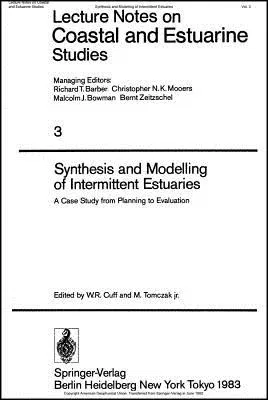This book reports on the findings of, and swnmarizes the conclusions
from, the Port Hacking Estuary Project, a model-guided,
multidisciplinary study of an estuarine ecosystem. The Project began in
1973, at a time when it was thought that environmental problems could be
solved readily by assembling a multidisciplinary team of research
scientists and having them co-ordinate their research around the
construction of an ecosystem model. But a decade has passed and time has
not been easy on this approach. The anticipated predictive dynamic
models have not been produced and bitter argument has often marred the
course of such studies. Yet the need to anticipate the flow of various
chemical species (carbon, oxygen, nitrogen, phosphorus, toxicants)
through the environment remains: the evidence is everywhere, from
fertilization of urban lakes to acid rain. The magnitude of the problem
ensures that funds will continue to be made available - although with
short-term variations as perceptions swing. It is thus clear that
although the difficulties are great, so is the need. It is from this
background that we present this book. The Port Hacking Estuary Project
involved some 15 - 20 research scientists over a period of 5 years. The
goal was to research the flow of carbon into, within, and out of a small
unpolluted estuary chosen for convenience rather than for its social
significance. The idea was to use the information obtained from these
studies to build a predictive dynamic model.


